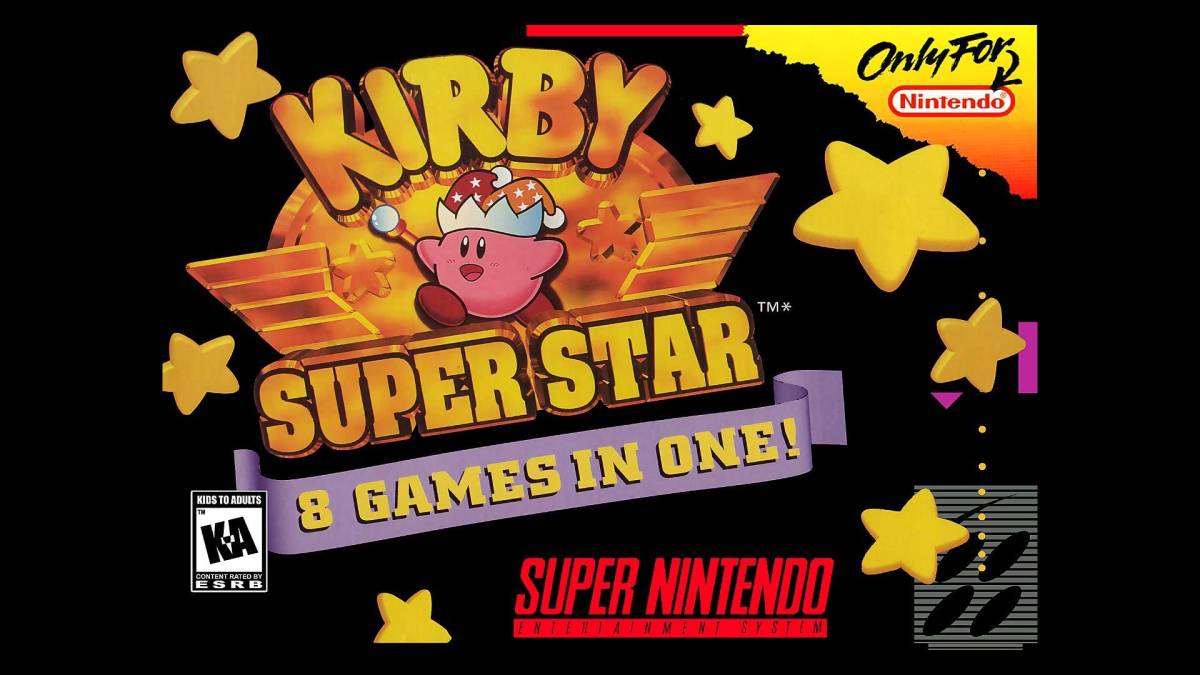Image via VentureBeat.com
I think we all have a favorite sleepover or birthday party scene from our childhood. In my case it usually involved Pizza Hut, WWE Confidential early in the night and definitely some Toonami: Rising Sun (hmmm, maybe that will be another article down the line) late into the evening. While the participants changed from time to time, it absolutely always included some kind of video game console and some multiplayer mayhem that was a key element of an awesome night with the boys. As time has gone on, I look back fondly on these memories and wanted to share with you all my top favorite video games from my childhood and their impact on a generation.

WWF No Mercy (Nintendo 64): Touted as one of the greatest wrestling video games of all time, No Mercy was a staple of anyone that had a Nintendo 64. Between the crisp gameplay and all of the iconic “Attitude Era” wrestlers, there was a lot to love about No Mercy. However, sometimes in life all good things must come to an end as the relationship between as No Mercy was the last wrestling game to be developed by Asmik Ace and AKI for the Nintendo 64. Nonetheless, the game was also a commercial success, selling over 1 million copies and has a 89 overall rating on Metacritic.
Kirby Super Star (Super Nintendo): Before we get into the mini review, I just want to give a shout out to Peavine Elementary School in Reno and my friend Aaron Palone, the king of Super Star. Man, what is there not to love about the pink puff ball floating around in this insanely addictive platform adventure from the Super Nintendo? The answer my friends, is almost nothing. Super Star was both a critical and commercial success, selling over one million copies in Japan. The game was a strong mix of difficulty, platforming, an awesome soundtrack and beautiful visuals. I look back fondly on those memories from my elementary school days so if this read sways you to check it out, it is available on the Super Nintendo Classic which is also a great study in micro-sized nostalgia.
Super Mario Sunshine (GameCube): While there are certainly stronger main Mario titles in history (Mario 64, Super Mario Galaxy), Sunshine was the first title that I completed 100% and man what a rush that is. Shout out to my little sister Molly for being there along the way with me along with my trusty helping of double stacks from Wendy’s (luckily I found track and field later on in my life to save my insides from failing). That being said, I vividly remember all of the glorious maps and endearing characters from this title that looked gorgeous and made everyday a vacation when playing thanks to its tropical visuals, soundtrack and of course, stellar gameplay. The game sold over five million copies worldwide by 2006, making it one of the best-selling GameCube games.
Super Smash Bro. Brawl (Nintendo Wii): Part of the iconic Super Smash Bros. series, Brawl is arguably the perfect fighting game (yeah, I said it). In fact, while you are reading this list, I just want to take this opportunity to throw out an open challenge to anyone that thinks they can beat me in Brawl. While I am not usually one to boast, my skills on this fighting game were near the top of the totem poll amongst my friends. Sure I might be a little rusty, but Brawl is always a joy to play. In 2010, the game was included as one of the titles in the book 1001 Video Games You Must Play Before You Die. As of 2008, it is the eighth best-selling Wii game of all time, with over thirteen million copies sold worldwide. Just goes to show that people love the idea of Link swinging his sword right into Mario’s face.
Pokemon Red (Game Boy): Man I don’t think there is a better way to say “I’m the coolest guy in the room” than by owning an original purple Game Boy Color. That item is just drenched in success. Before I get carried away, my point being is that this was the device I used to conquer Pokemon Red and spent over 100 hours playing on and yes, I do not regret a single minute of playing. Pokemon is a phenomenal series, sure it might be kind of corny at times but it was a core staple of many of my peers’ childhood and always so rewarding to play. So leave me a comment below with your favorite game from your childhood or challenge me in Brawl (at a perfectly acceptable social distancing ratio).



